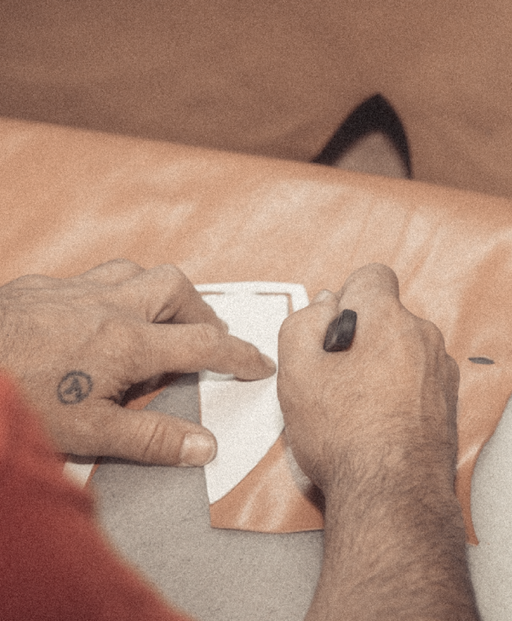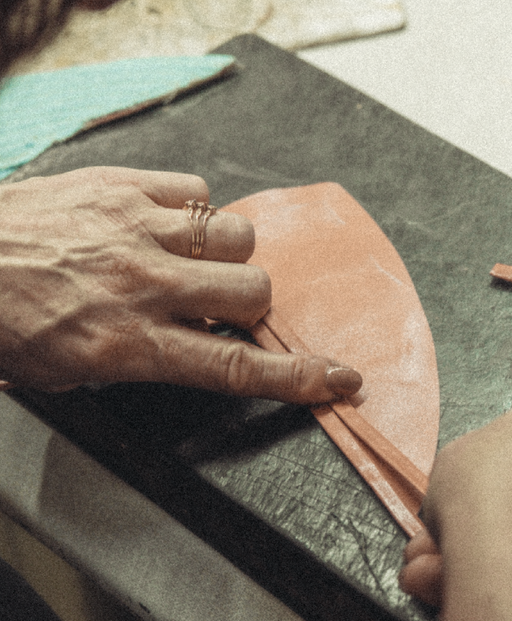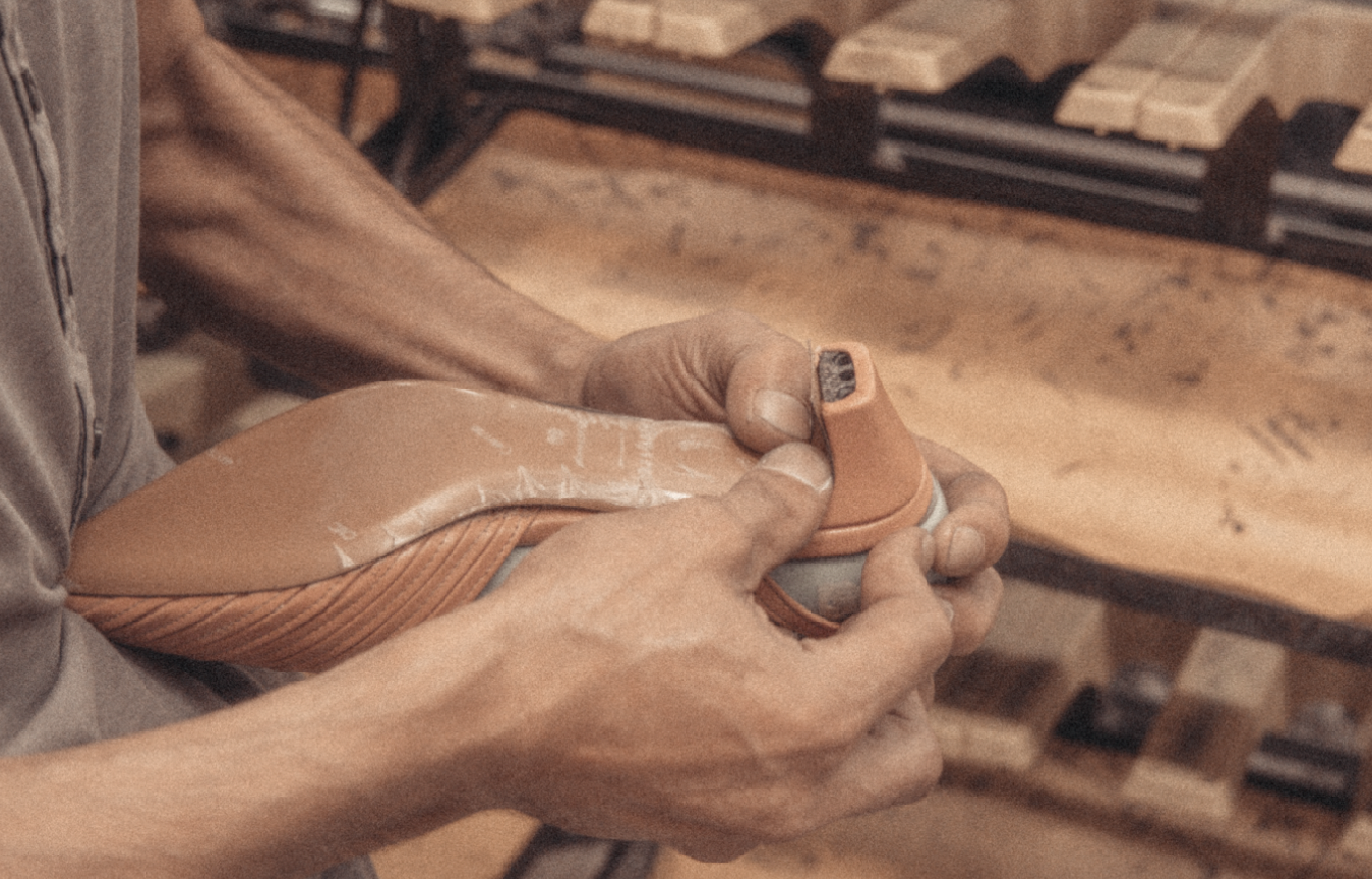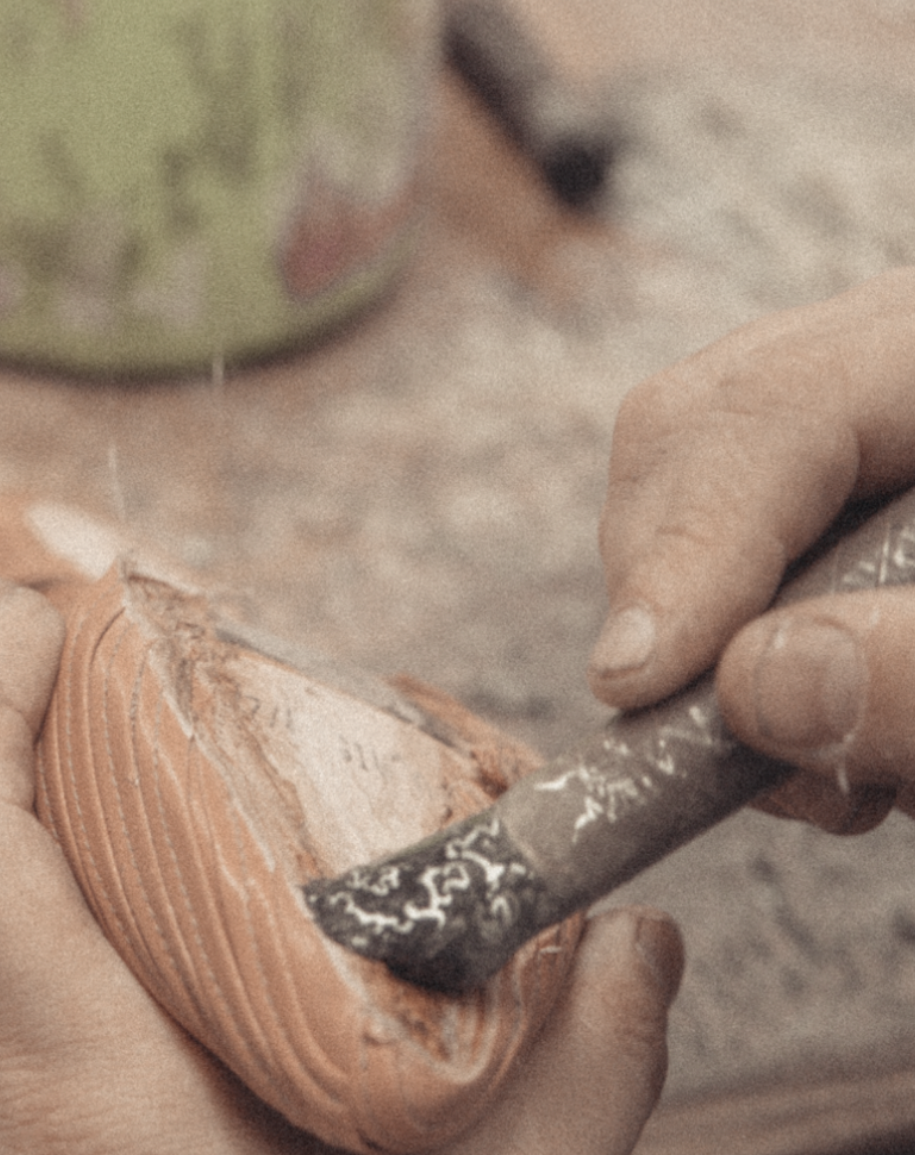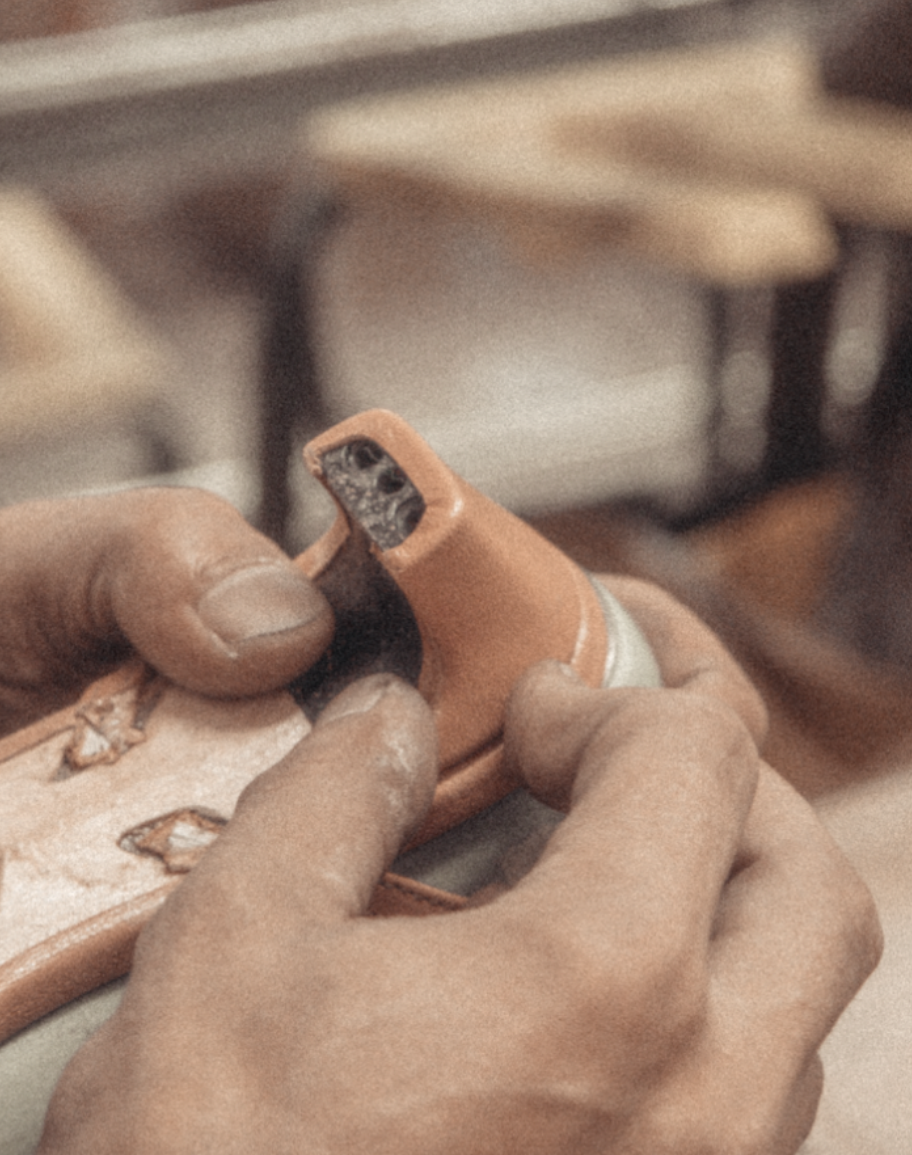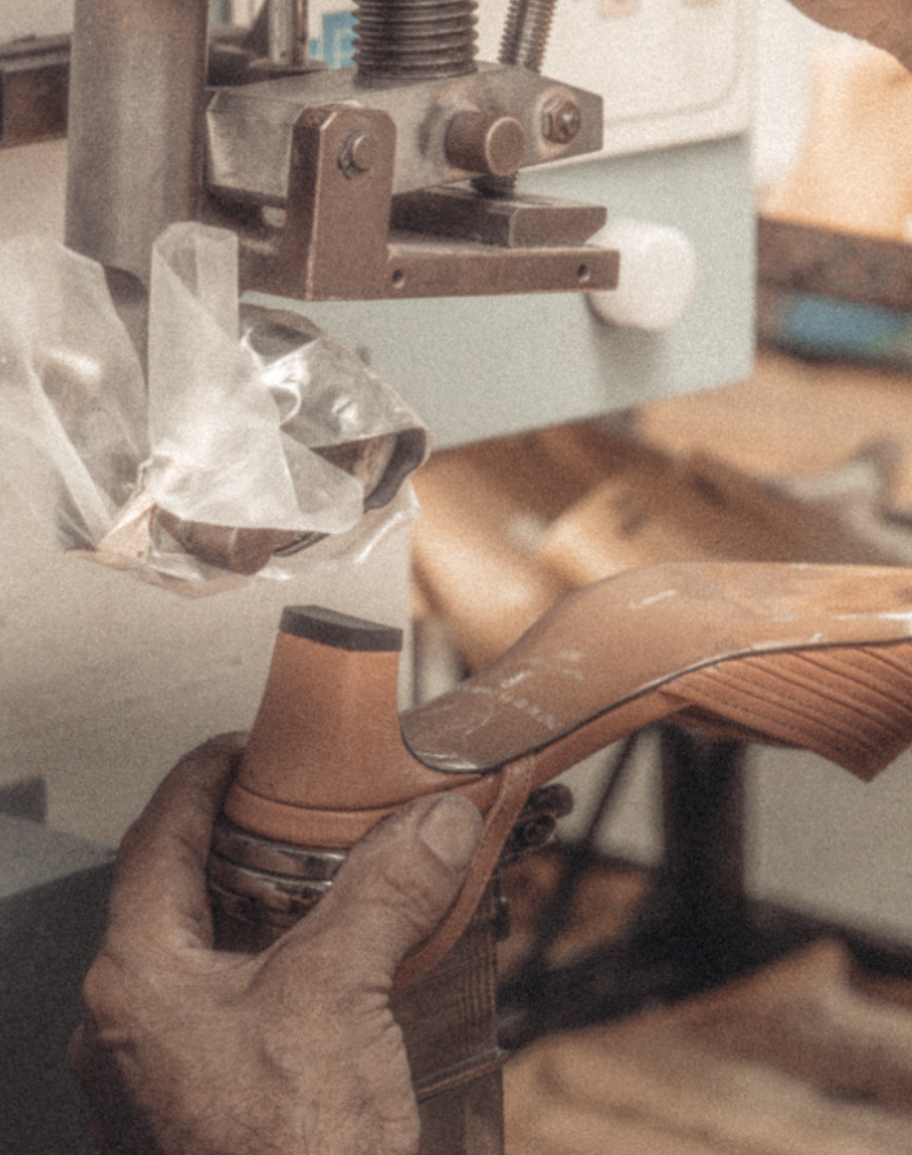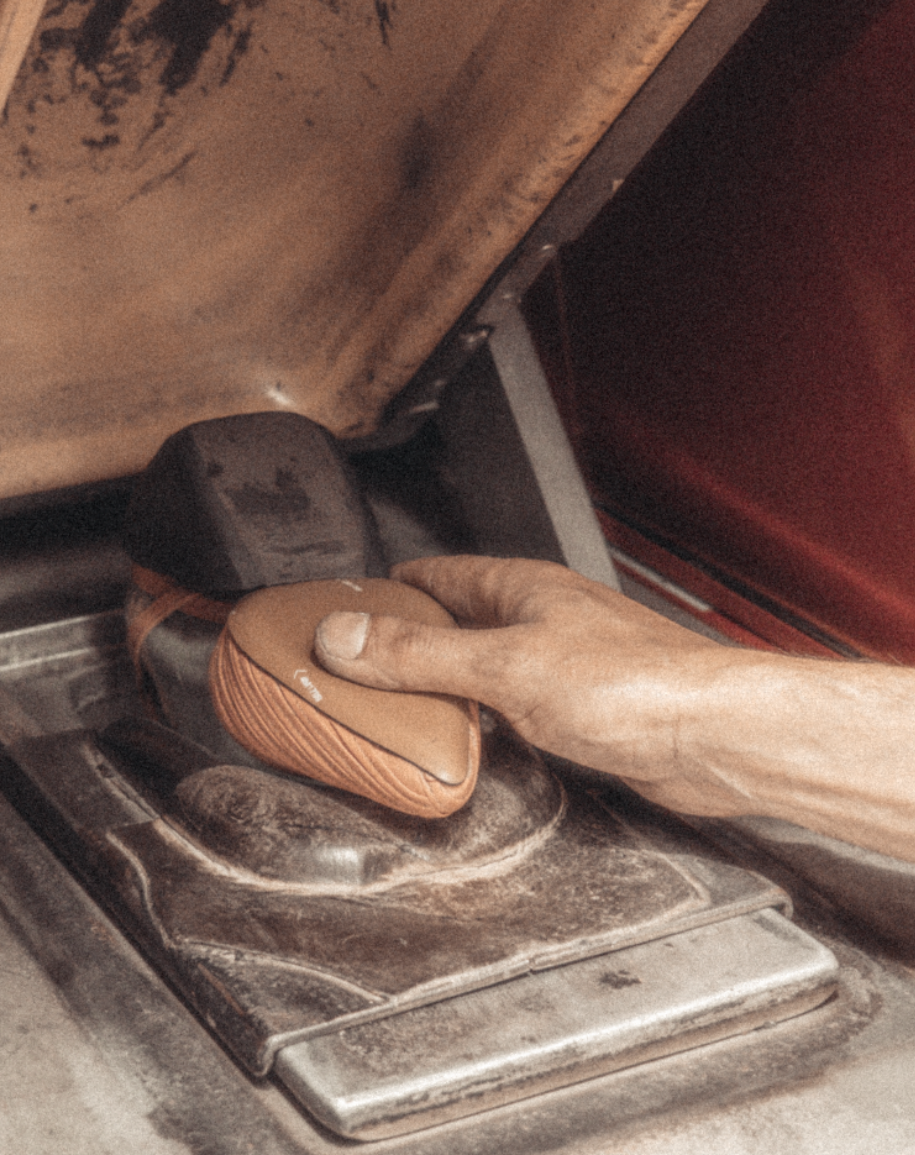Generally, Anonymous Copenhagen uses European standard sizes and run true to size (unless otherwise stated in a style's product description). Finding your correct size is easy: first, trace your foot on a piece of paper and measure the distance from your heel to the longest toe. Then compare with our guide below.
- EU
- FR
- UK
- USA
- MM
- INCH
- 36
- 37
- 37.5
- 38
- 38.5
- 39
- 39.5
- 40
- 41
- 42
- 43
- 37
- 38
- 38.5
- 39
- 39.5
- 40
- 40.5
- 41
- 42
- 43
- 44
- 3
- 4
- 4.5
- 5
- 5.5
- 6
- 6.5
- 7
- 8
- 9
- 10
- 6
- 7
- 7.5
- 8
- 8.5
- 9
- 9.5
- 10
- 11
- 12
- 13
- 230
- 238
- 240
- 243
- 247
- 250
- 254
- 258
- 260
- 262
- 270
- 9
- 9.3
- 9.4
- 9.5
- 9.6
- 9.8
- 10
- 10.1
- 10.2
- 10.3
- 10.6




